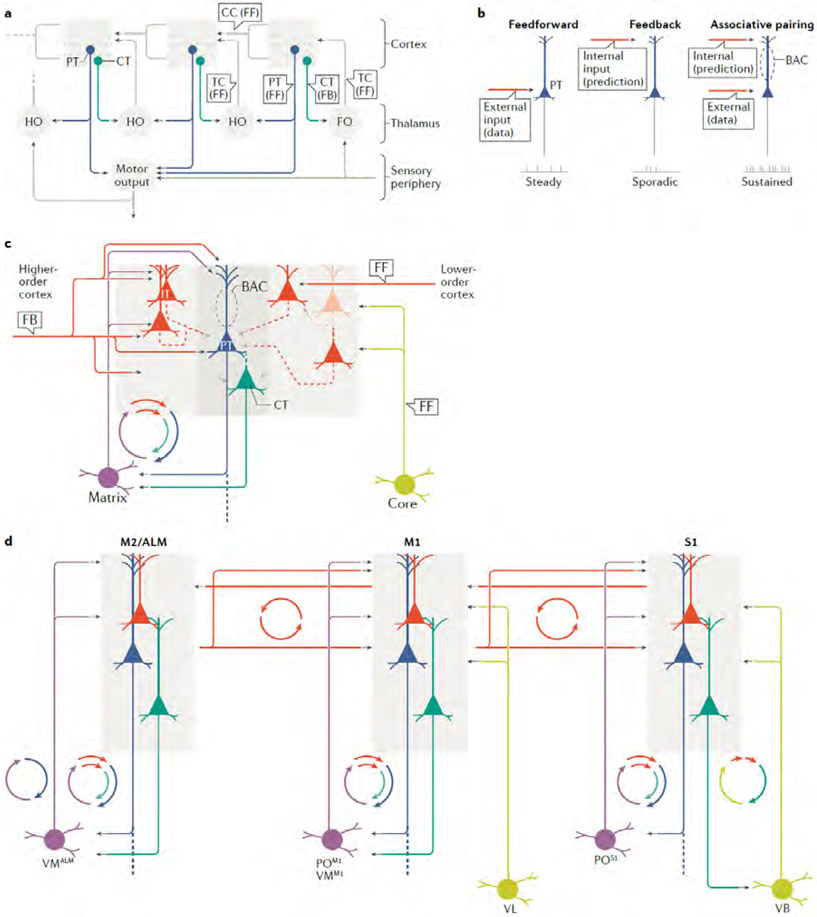Fig. 5 ∣. Cortico-thalamo-cortical loops in the context of hierarchical models of cortical organization.
a ∣ In Sherman and Guillery’s model9,10,97,126 (sketched here based on REF.126, with the right-left orientation mirrored to match that of panel d below), CT and PT neurons send divergent output to thalamic nuclei. The PT axons form feedforward (FF) ‘transthalamic’ connections that disynaptically link lower-order to higher-order cortex, via higher-order (HO) thalamic nuclei, in parallel with direct corticocortical (CC) pathways. The CT axons form feedback (FB) connections back to the main thalamic nuclei supplying their cortical area, including the first-order (FO) nucleus, such as the LGN or VB. The transthalamic pathways of PT neurons are posited to carry efference copies of motor commands. b ∣ In Larkum’s model133, a simplified version of which is sketched here, an essential central element is a ‘backpropagation-activated coupling’ (BAC) firing mechanism that generates strong, sustained burst firing upon coincident excitation to apical and basal→perisomatic dendritic domains. On their own, the feedforward and feedback inputs generate only weak firing in the postsynaptic pyramidal neuron. The sketch omits additional aspects of the model (see REFS133,142). Various cortical and thalamic sources provide feedback and feedforward input, making the BAC mechanism a key activity-dependent integrative node in CTC circuits. The BAC firing model provides a compelling cellular mechanism for associative pairing of co-active neurons within large-scale CTC networks. c ∣ A similar model, incorporating additional connectivity details and emphasizing the polysynaptic routes of excitation to layer 5 neurons via IT neurons. d ∣ The CTC loops of S1, M1 and M2 are organized hierarchically, with ‘top-down’ M2→M1→S1 pathways running counter-current to ‘bottom-up’ S1→M1→M2 pathways. Areas additionally form ‘lateral’ connections with their contralateral counterparts and with other cortical regions, such as M1↔2 pathways (not shown). Area-associated subregions of matrix-type nuclei are indicated by superscripts (for example, VMALM). The layout is oriented with anterior/frontal to the left, both to follow the convention of standard atlases and to emphasize the bidirectionality of information flow in these loops. This three-area network offers a framework for further investigation of CTC loops in the context of hierarchical cortical circuits. Part a adapted with permission from REF.126. Part b adapted with permission from REF.133.

